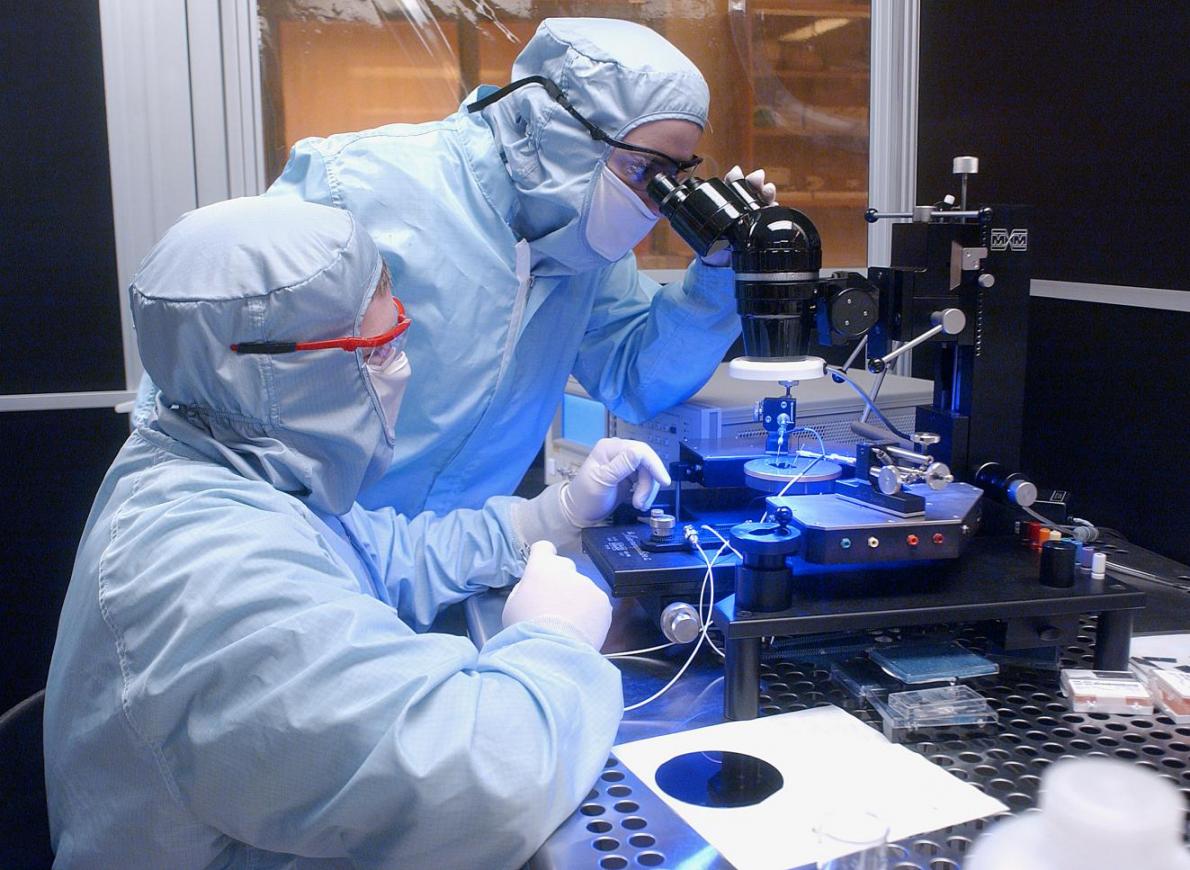Researchers from Iran Polymer and Petrochemical Institute have succeeded in the laboratorial production of nanostructures applications in various fields, including medicine, production of optical lenses, cell tracing, data storage and security systems.
Photochromic materials are considered smart components that change color in the presence of light at a determined wavelength. These materials have various uses in medical, biotech and chemical products.
The wide range of application is due to their reversible color change and also the change in physical and chemical properties, according to a report by Iran Nanotechnology Initiative Council.
The aim of the research was to produce photochromic compounds and loading them into polymeric nanocarriers. Therefore, efforts were made to produce nanometric tracers for various environments.
In addition, papers with the ability to change color in the presence of ultraviolet light were produced by adding these materials to paper tissue.
Problems in the application of fluorescent materials in cellular studies can be overcome by using the same pattern. In fact, when photochromic materials are loaded into a polymeric carrier, they do not release into the living creature when they enter it.
Results of the research showed that an optimum amount of spiropyran monomer should be used to produce photochromic nanoparticles. Otherwise, the optical properties significantly decrease in case lower or higher amounts are used.
The change in the color of these papers is significantly different in solvents with diverse polarities. Therefore, they can be used as chemical detectors.


